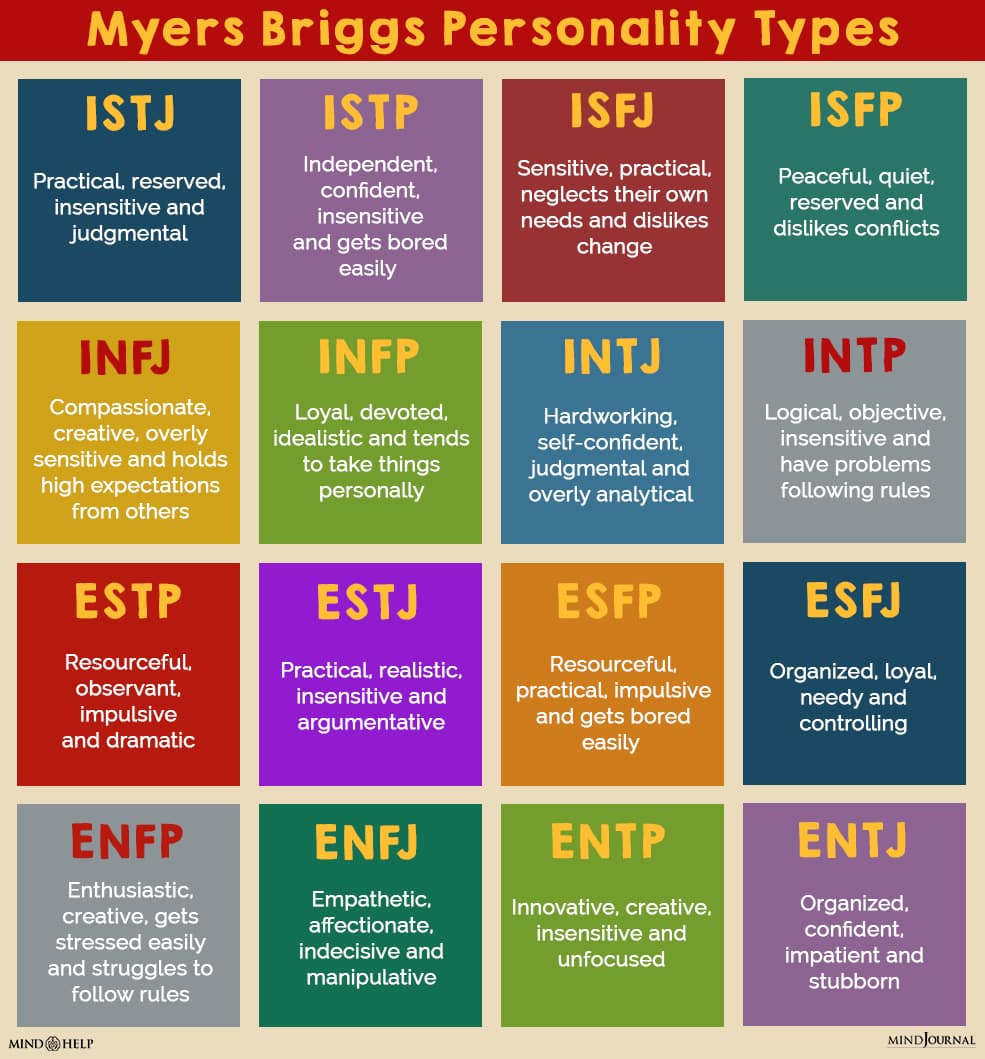
MyersBriggs
The Myers-Briggs Personality Type Indicator is a self-report inventory designed to identify a person's personality type, strengths, and preferences. The questionnaire was developed by Isabel Myers and her mother Katherine Briggs based on their work with Carl Jung's theory of personality types.
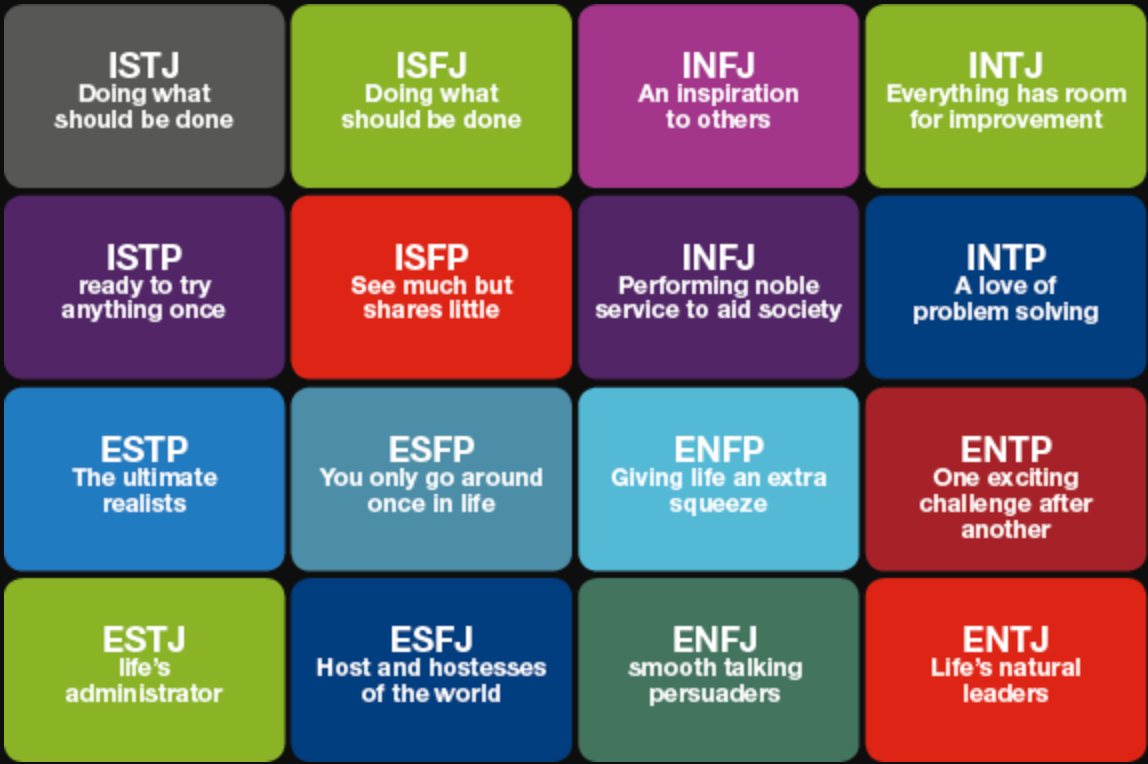
MeyersBriggs Classification Models by Alex S Analytics Vidhya Medium
In the Myers-Briggs® system, Sensors have an "S" as the second letter of their type code (for example: E S FJ) while Intuitives have an "N" as the second letter of their type code (E N FJ).

Perbedaan S Dan N Mbti Chart IMAGESEE
S is more interested in practical things (new or not), N is more interested in new things (practical or not). There's overlap, of course, in things that are both new and practical.

S vs. N How Does Your MBTI Preference Influence Your Transition? Leader OnBoarding
October 3, 2023 Reviewed by Saul Mcleod, PhD On This Page: The Four Dichotomies The 16 Personality Types Benefits of MBTI Criticisms of MBTI The Myers-Briggs Type Indicator (MBTI) is an introspective, self-report evaluation that identifies a person's personality type and psychological preferences.
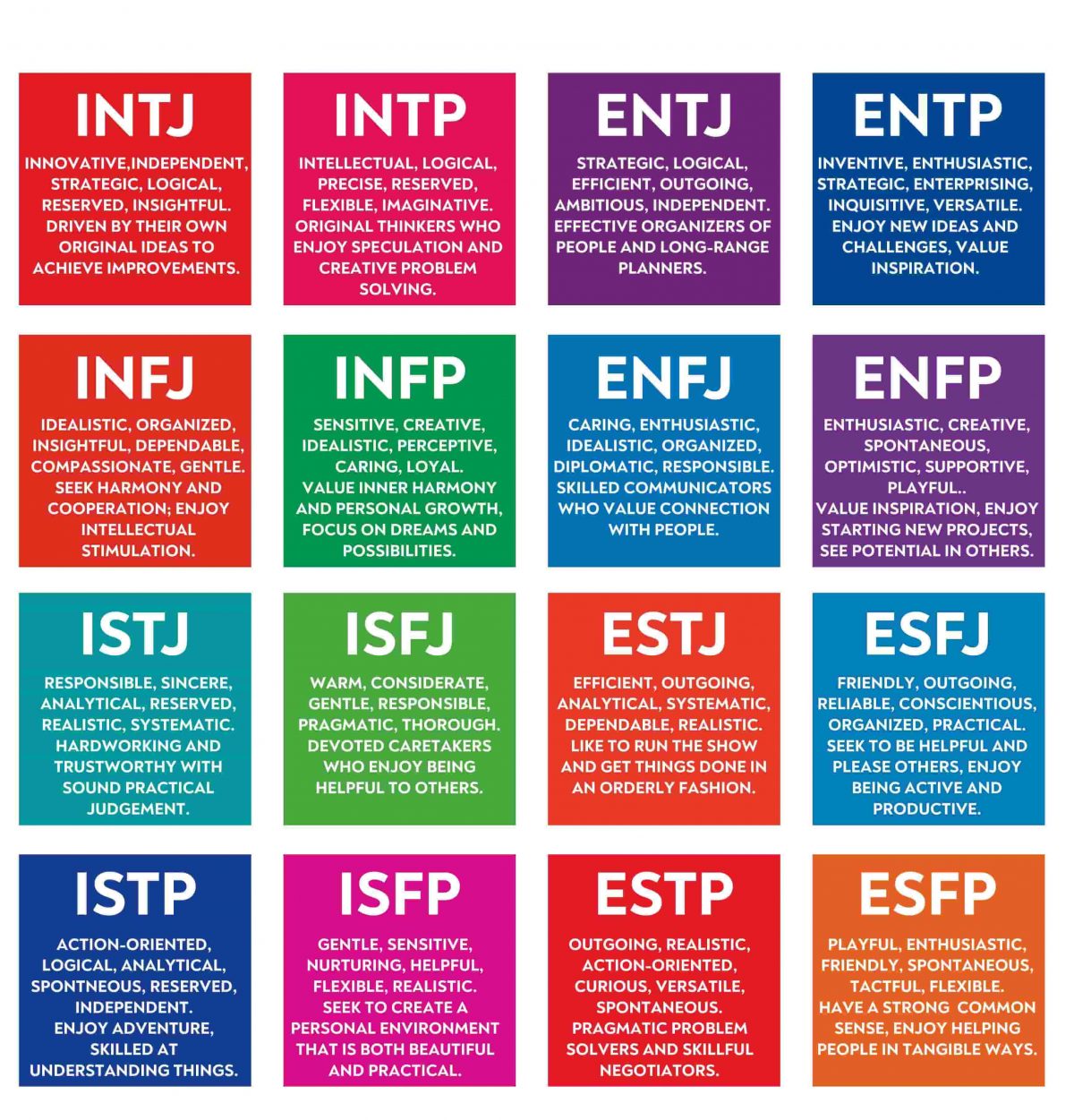
Myers Briggs Personality Test Let’s Explore Your Personality Type!
You use Sensing (S) and Intuition (N) to receive and process new information either by using your five senses or in more abstract ways. Sensing and Intuition are opposite preferences. A person's natural tendency toward one will be stronger than the other. There are by far more Sensing people in the population than Intuitives.

How the MyersBriggs Type Indicator Works 16 Personality Types
Core Theory Mind: Intuitive (N) vs. Observant (S) Thought at Every Scale Our second personality scale includes the Intuitive (N) and Observant (S) styles. These traits describe what people are more likely to do with the information gathered from the world around them.

Pin by Kaye Smith on Personality types Personality types chart, Briggs personality test
Myers-Briggs The 16 MBTI system and is the key to understanding type. Learn about process pairs and an overview of how type dynamics works. model is developmental. Discover the pathway for type development over the lifespan. assessment for helping you choose a career and manage career changes at every life stage.

MyersBriggs Type Indicator (MBTI) Overview LEADx
A Deep Dive Into Intuitives & Sensors in the Myers-Briggs Type Indicator Download Article Figure out whether you're sensing or intuitive in this guide Co-authored by Kari Samuels and Devin McSween Last Updated: September 18, 2023 Fact Checked Sensing (S) | Intuitive (N) | Overview | Interacting with Each Other | Advice for Sensors |

Sensing vs. Intuition Judging vs perceiving, Personality psychology, Intuitive vs sensing
One of the primary dichotomies in the Jungian personality taxonomy is intuition (N) vs. sensing (S). It is sometimes cast as a preference for the "big picture" (N) vs. details (S), theory (N) vs. practice (S), or abstract (N) vs. concrete (S) matters.
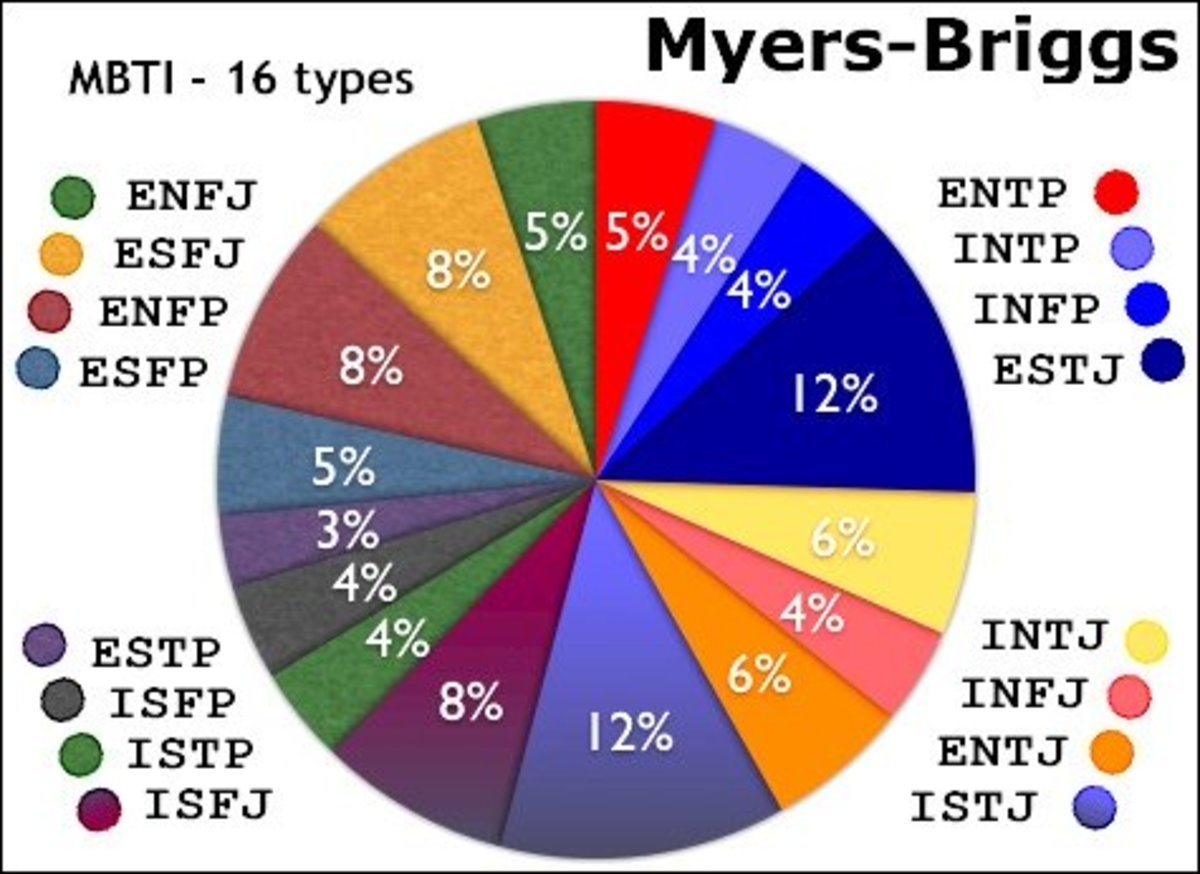
The History and Significance of the MyersBriggs Personality Test Owlcation
While there is some overlap between the Myers-Briggs and Big Five personality tests, the differences are apparent upon a closer examination. Personality types vs. personality traits. The primary difference between the Myers-Briggs and Big Five systems is that the latter does not identify you as belonging to a specific personality category.

The MyersBriggs helps us understand different personality types ENTJA Life verses, Myers
Explaining the differences between Intuition and Sensing in the 16 Myers-Briggs Personality Types. These are the signs of intuition vs sensing. If you want t.

Absolute Truth. N vs. S MyersBrigg Personality, Mbti personality, Infp personality
Created by renowned psychiatrist Carl Jung and popularized since the 1940s, the Myers-Briggs Type Indicator (MBTI) uses tailored questions to find your combination of four sets of opposing traits: introverted versus extroverted; sensing versus intuitive; thinking versus feeling; and perceiving versus judging.
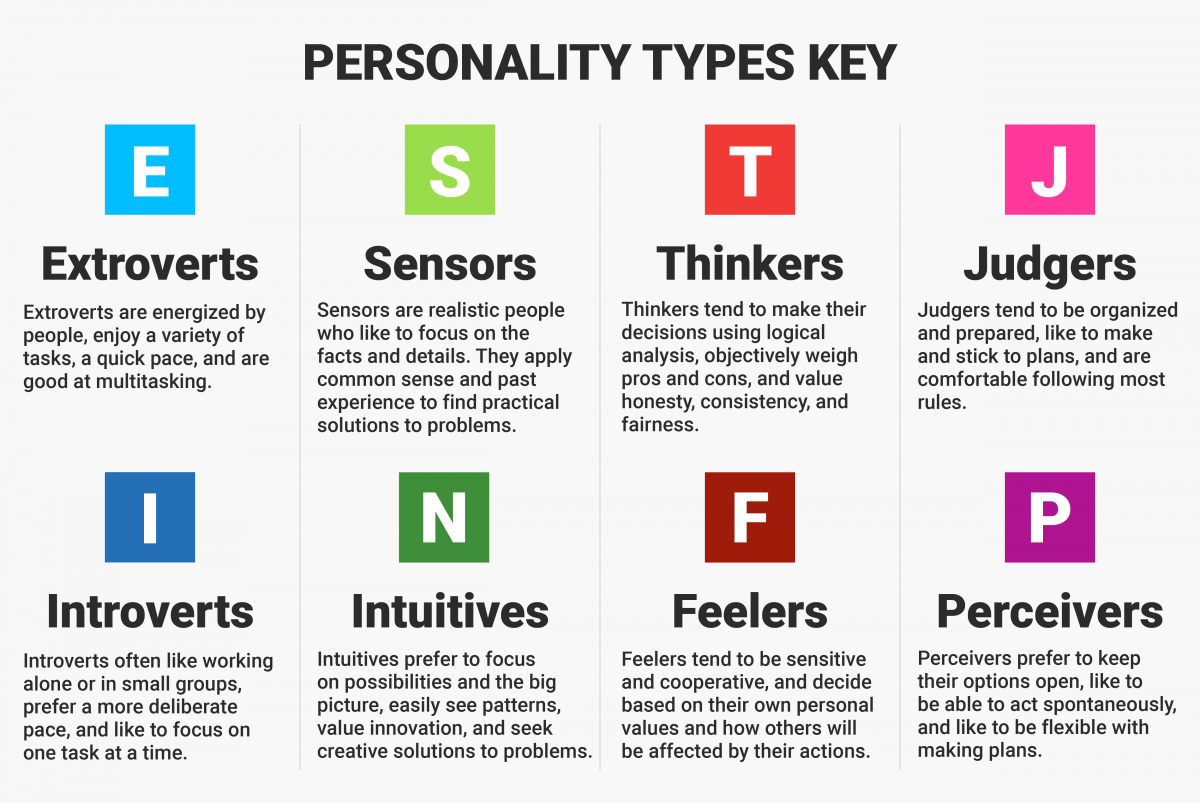
MBTI Myers Briggs Type Indicator Shockingly Different Leadership
In personality typology, the Myers-Briggs Type Indicator ( MBTI) is an introspective self-report questionnaire indicating differing psychological preferences in how people perceive the world and make decisions. It enjoys popularity despite being widely regarded as pseudoscience by the scientific community.

MBTI explained Personality types chart, Myers briggs personality types, Personality chart
The Myers-Briggs Type Indicator (MBTI) is an assessment of personality based on questions about a person's preferences in four domains: focusing outward or inward; attending to sensory.
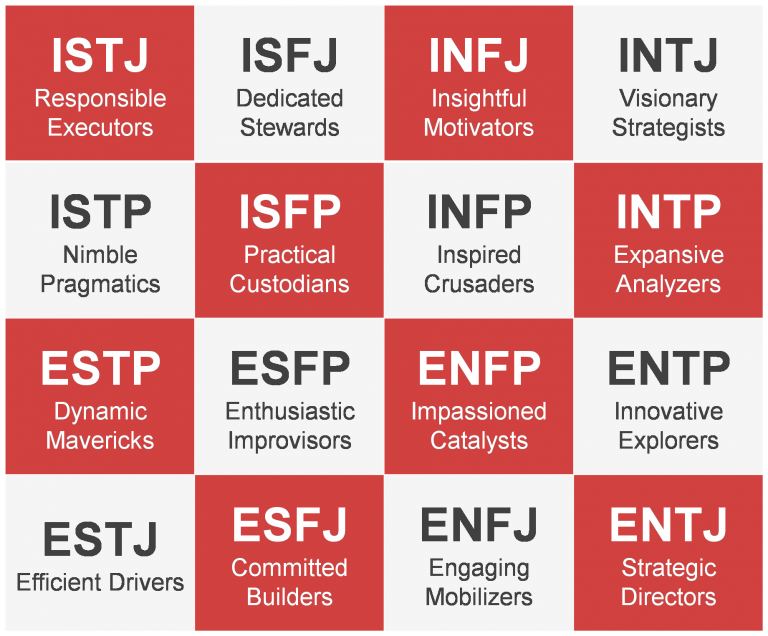
Myers Briggs Type Indicator ® (MBTI) OEC² Solutions LLC OEC² Solutions LLC Consulting
Let's dive into four key comparisons. 1. The 9 vs 16 type system To categorize and describe different personalities, both the Myers and Briggs system and Enneagram use 'types' or categories. Myers and Briggs has 16 possible personality types, resulting from four opposing personality functions, also called dichotomies, preferences or scales.
Myers Briggs Type Indicator (MBTI) Learning Styles by Tracy Atkinson Medium
In Myers & Briggs' personality typing, the Sensing/Intuition dichotomy describes how a person takes in information, whether through sensory-based experiences or by intuitively recognizing factual patterns and connections. Find your type